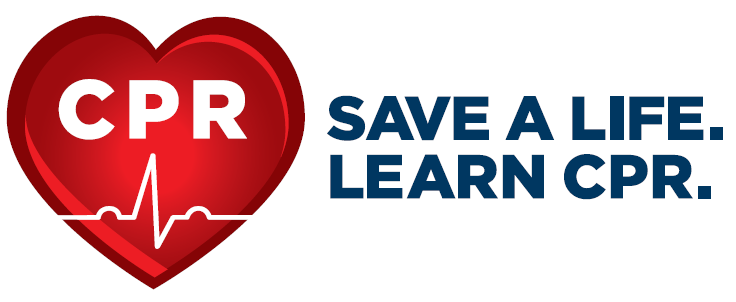
The phrase “cardiac arrest” occurs when the heart stops functioning due to a loss of heartbeat or rhythm which prevents blood flow to the body. When a person goes into cardiac arrest, they immediately become unconscious and stop breathing. Needless to say, this is a various serious and life threatening condition for the patient. Death occurs within minutes after the heart stops. Cardiac arrest may be reversed if CPR (cardiopulmonary resuscitation) is performed or a defibrillator is used to shock the heart and restore a normal heart rhythm within a few minutes.
IS IT THE SAME AS A HEART ATTACK?
The term ‘cardiac arrest’ is not synonymous with ‘heart attack’. A heart attack occurs when blood flow to the heart is reduced or stopped due to a blockage of the coronary arteries, which feed blood to the heart itself. A person experiencing a heart attack is usually conscious (at least initially) and may experience chest pain, nausea, vomiting or become sweaty.
A heart attack may ultimately lead to cardiac arrest depending on the severity of the blockage in the heart.
SIGNS OF CARDIAC ARREST
- Sudden loss of responsiveness (no response to tapping on shoulders)
- No normal breathing (the victim does not take a normal breath when you tilt the head up and check for at least five seconds)
IF SIGNS OF CARDIAC ARREST ARE PRESENT:
- Call 9-1-1 for emergency medical services.
- Get an automated external defibrillator (AED) (if one is available).
- Begin CPR immediately and continue until professional emergency medical services arrive
- Use the AED as soon as it arrives
Each year, EMS cares for about 295,000 cardiac arrests in the United States.
AM I AT RISK FOR CARDIAC ARREST?
For details about this topic, visit the American Heart Association website.
HOW CAN I HELP?
In addition to recognizing the signs of cardiac arrest and calling 911 immediately, you can help a victim of cardiac arrest by becoming trained in CPR and proper use of an AED. CHS Healthcare provides FREE CPR training to full-time residents of Henrietta, Chili and Wheatland however the classes are open to everyone.
For more information about cardiac arrest, visit the American Heart Association website.

